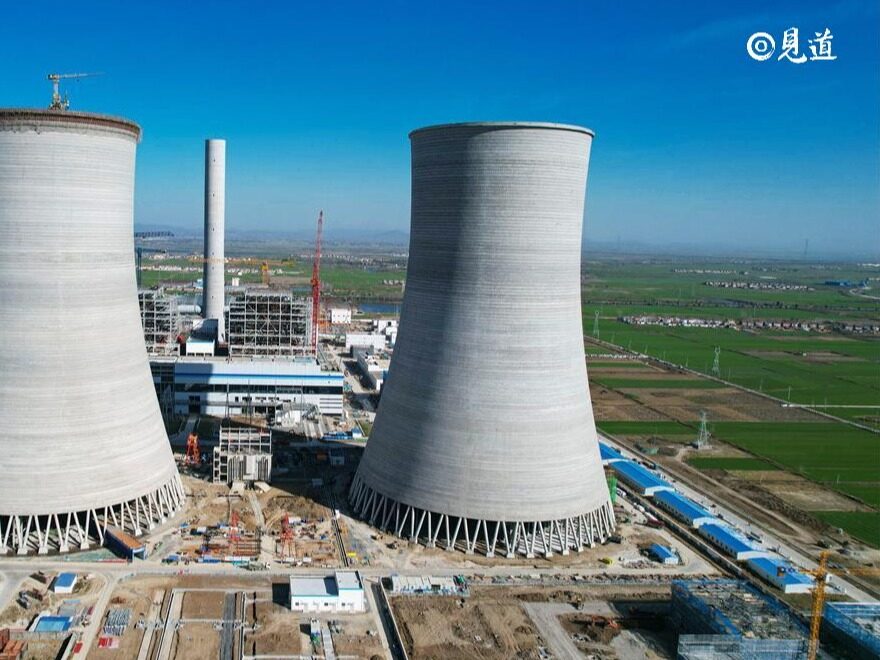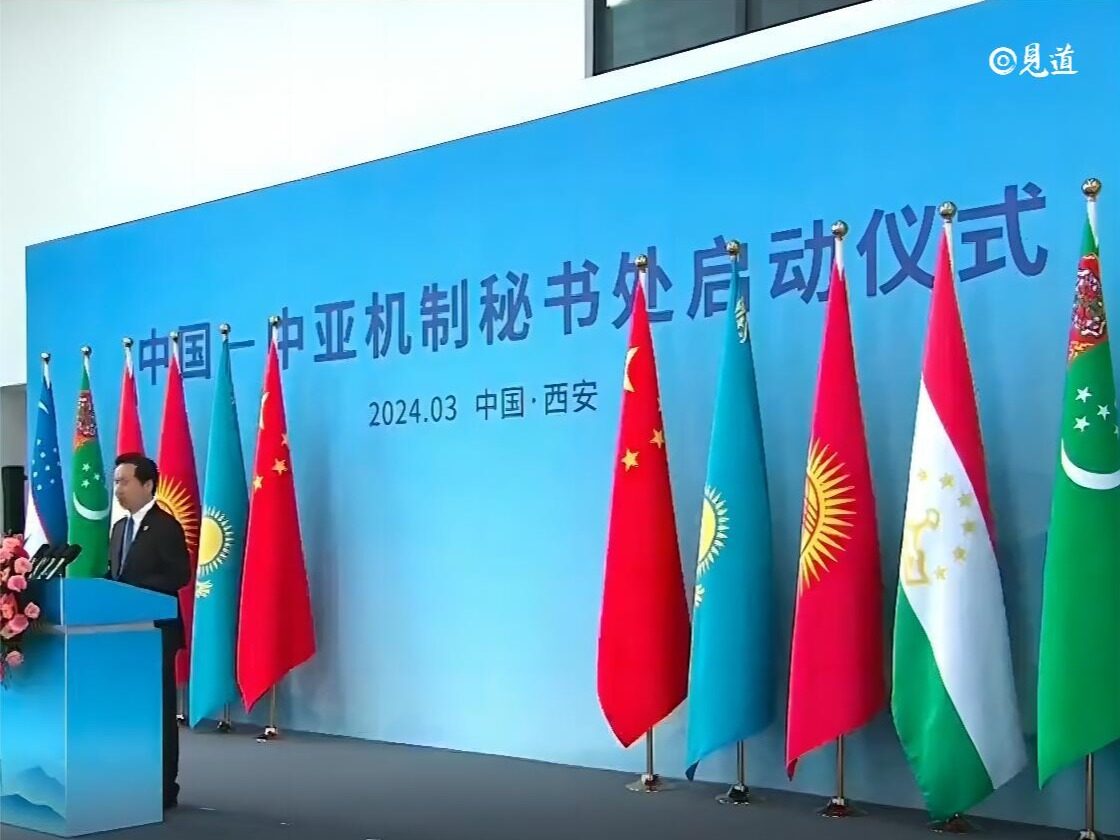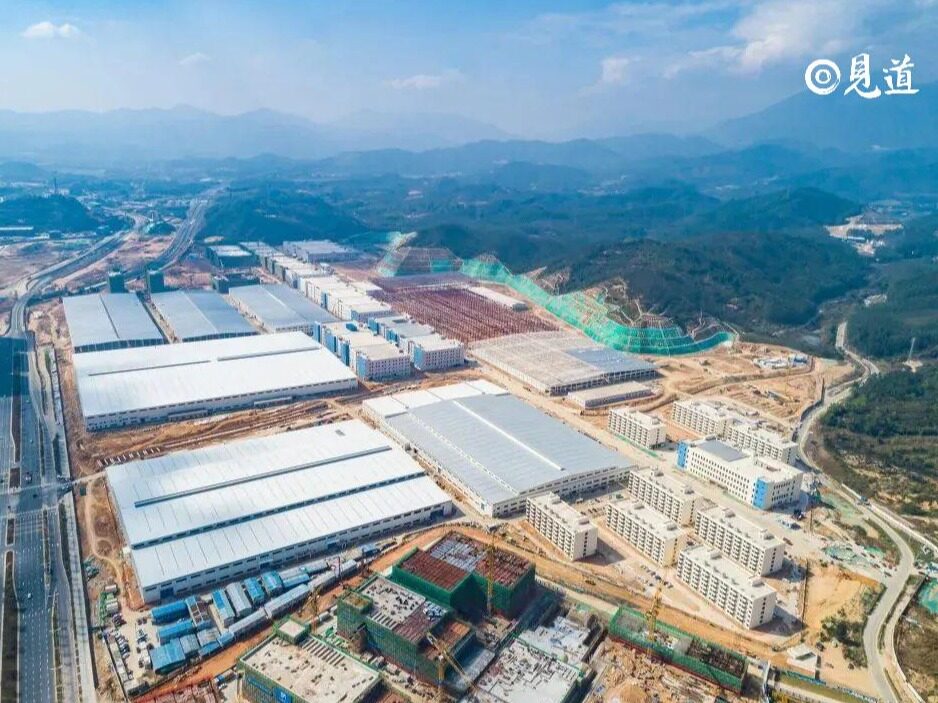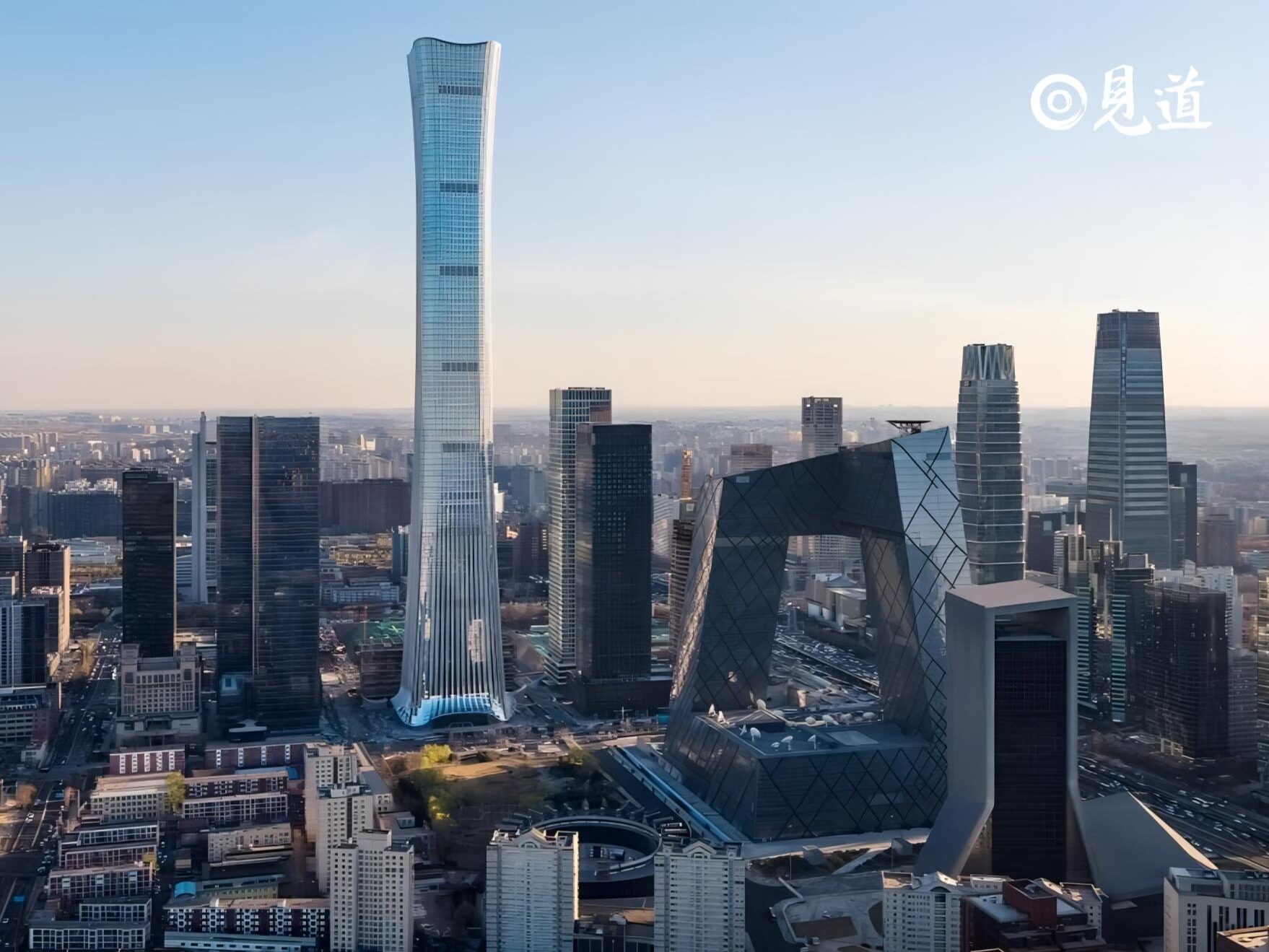- In 2022, the growth rate of infrastructure investment is expected to reach 10%
- The infrastructure investment pattern of traditional infrastructure underpinning and new infrastructure development has gradually become clear

With the acceleration of infrastructure investment, the capital side has also increased its efforts. Regarding whether a new batch of special debt quotas will be added in the second half of the year, although the Ministry of Finance did not make a clear statement at the regular press conference, how to use the remaining part of the special debt quotas during the year has caused various speculations in the market.
According to the statistics of the Ministry of Finance, in 2022, the special debt limit of local governments in China will be 21.82 trillion yuan. As of the end of June 2022, the balance of local government special debts will be 20.26 trillion yuan. In comparison, the difference between the two is 1.55 trillion yuan. This means that within the existing limit, there is still room for 1.55 trillion yuan of new special bonds to be issued in the second half of the year.

The previous Politburo meeting proposed that fiscal and monetary policies should effectively make up for the lack of social demand, make good use of local government special bond funds, and support local governments to make full use of the special debt limit. From the perspective of finance and taxation professionals, considering that the current China's special debt balance is still far from the limit, if the funding gap for local infrastructure investment is large, the remaining special debt within the limit is more likely to be used within the year.
Debt Limit Management
While infrastructure investment is still an effective way to drive demand, the release of special debt funds has become an important measure to support the growth of infrastructure investment at a high level. Judging from the data in the first half of 2022, in the context of the early allocation of funds such as special bonds and the early start of major local projects, China's broad-based infrastructure investment has grown by 9.3% year-on-year.
The good momentum of infrastructure investment in the first half of the year also laid the foundation for the start of the second half of the year. However, with the fact that at the end of June, the issuance of new special bond quotas during the year has been completed. balance section.
According to a local finance and taxation person, the laws and regulations on the management of local government debt limits in China started from "Circular 43", which is the "Opinions of the State Council on Strengthening the Management of Local Government Debt" issued by the State Council on September 21, 2014. Circular 43). Circular 43 has stipulated that the scale of local government debt should be subject to limit management. As a local government, its borrowing should not exceed the approved limit.

However, in practice, the balance of local government debt in China is usually below the limit.
Guotai Junan's report pointed out that in one case, the scale of new bond issuance in that year was lower than the amount of new debt that year. For example, the new quota for special bonds in 2021 will be 3.65 trillion yuan, and the actual issuance in that year will be 3.58 trillion yuan, which leaves part of the quota used to supplement the capital of small and medium banks to be issued at the beginning of the following year.
Another situation is that some debts are not extended after maturity, which also releases part of the quota for the following year.
According to the "Administrative Measures for Issuance of Local Government Bonds", the issuance scale of new bonds, refinancing bonds, and replacement bonds shall not exceed the bond limit or the upper limit of issuance scale for the corresponding category of the region issued by the Ministry of Finance for the year.
"According to the requirements, local bonds will be extended by issuing refinancing bonds after maturity, but in practice, there are cases where some bonds have not been extended. Since no refinancing bonds have been issued in this case, part of the quota for the year will be released. As a result, the balance is lower than the limit." The above-mentioned financial and taxation person explained.
Based on the fact that there are still more than one trillion yuan of special bonds and bonds to be issued within the limit, the Politburo meeting also proposed that the major economic provinces should bravely take the lead, and the qualified provinces should strive to achieve the expected goals of economic and social development.
In this regard, Gao Ruidong, chief macro-economist of Everbright Securities, believes that from the perspective of regional distribution, economically strong provinces have more remaining quotas for special bonds, which may become the main force for the issuance of these special bonds.

This judgment mainly comes from the data in 2021. From the perspective of the remaining quotas of special bonds in various provinces in 2021, Beijing, Shanghai, Henan, Jiangsu, and Fujian are at the forefront, accounting for nearly 50% of the remaining quotas of special bonds in China. Provinces, municipalities and autonomous regions with relatively weak economic foundations, such as Tibet, Heilongjiang, Ningxia, Inner Mongolia, Shanxi and other places, basically do not have the space for special bond issuance.
In Gao Ruidong's view, if a new batch of special debt quotas is issued within this year, it will effectively supplement the funding sources for infrastructure investment, and at the same time superimpose 800 billion yuan in policy bank loans and 300 billion yuan in financial bonds to supplement project capital. It is expected that in the second half of the year, infrastructure construction Investment growth is also expected to remain at the current high level.
Multiple measures to secure funds
In fact, with regard to the requirements for the use of special bond funds, the Ministry of Finance stated in April 2022 that the special bonds issued in 2021 will be allocated and used before the end of May 2022 in principle, and the special bonds issued in December 2021 will be allocated in advance for use in 2022. Bonds, in principle, should be disbursed before the end of September 2022.
Entering July, under the background of increasing pressure for stabilizing growth and advancing policies, the requirements for the use of special bonds have also been continuously improved.
Yang Zhiyong, deputy dean of the Institute of Financial and Economic Strategy of the Chinese Academy of Social Sciences, believes that judging from the current progress of the issuance of special bonds, the tasks for the whole year have been basically completed. With the completion of the issuance of special bonds, coupled with the continued weakness of land transfer income in the first half of the year, infrastructure investment in the second half of the year will be reduced. How to exert force becomes the focus.

The reporter learned that the previous Politburo meeting had emphasized the need to "make good use of policy banks' new credit and infrastructure construction investment funds." The National Standing Committee held on June 1, 2022 clearly proposed to increase the credit line of policy banks by 800 billion yuan. On June 29, the National Standing Committee further proposed the establishment of 300 billion yuan of policy development financial instruments to support the construction of major projects.
Jin Yongxiang, chairman of Beijing Dayue Consulting Co., Ltd., believes that if all 300 billion yuan of financial instruments are used to supplement the capital of infrastructure projects, and to bridge the special bonds that cannot be in place in the short term, it can be calculated based on 20% of the capital of infrastructure projects. The 1.5 trillion yuan investment in infrastructure projects will promote the stabilization and recovery of the growth rate of medium and long-term corporate loans.
From the perspective of the market, although the current quota of new special bonds has been used up, the incremental fiscal tools in the second half of the year are still relatively sufficient, and even the use of the remaining quota within the existing quota can drive a certain scale of investment effect.
According to Guotai Junan's calculations, if the remaining special debt limit is put into use, it is expected to bring about 2 trillion yuan of GDP, and at the same time, it can boost GDP growth by an additional 1.8 percentage points. However, under the current background, the use of special bond quotas may not be fully used for the formation of physical workloads, so follow-up attention still needs to be paid to the direction of use of bond funds. Editor / Xu Shengpeng
Comment
 Praise
Praise
 Collect
Collect
 Comment
Comment
 Search
Search














Write something~